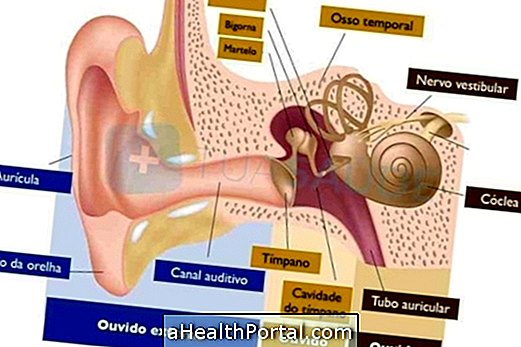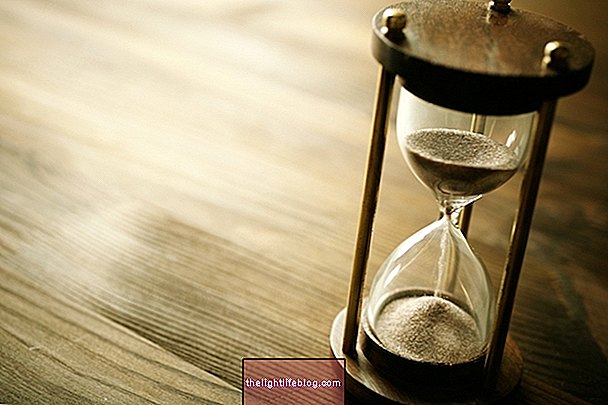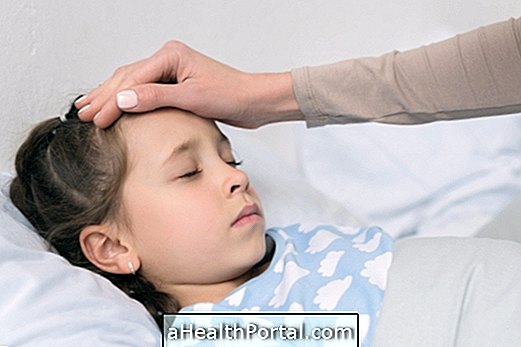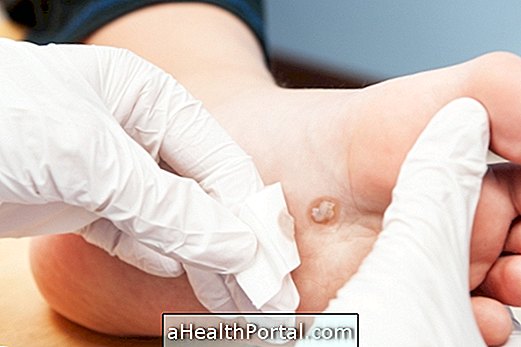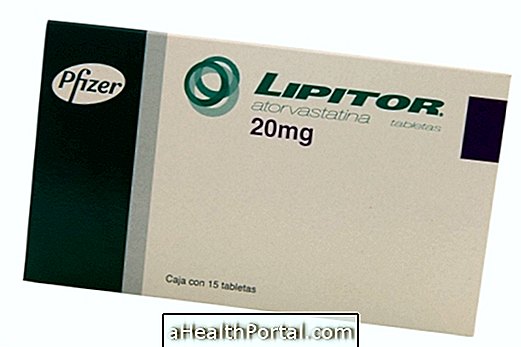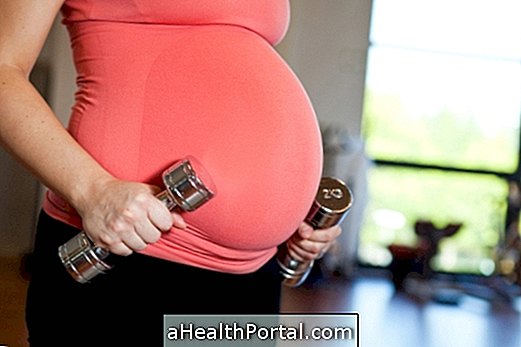The treatment for urinary incontinence depends on the type of incontinence that the individual has, if it is urgent, effort or a combination of these 2 types, but can be done with exercises of the pelvic muscles, physiotherapy, remedies or surgery in the most severe cases.
We indicate below the possibilities of treatment to manage to control the pee adequately.
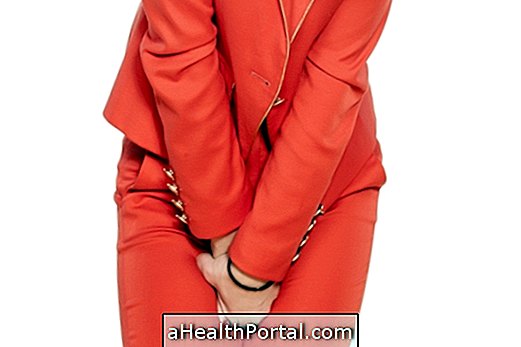
1. Kegel Exercises
These are specific exercises for the pelvic floor muscles in which the individual must contract these muscles for 10 seconds and then relax them for another 15 seconds by repeating them about 10 times 3 times a day.
As a way of progression of the difficulty after a few weeks you can start contractions using small vaginal cones that help the woman strengthen and contract the pelvic muscles.
While it is possible to do the exercises at home, it may be helpful to consult a physical therapist who can personally instruct you in how to perform these exercises correctly so that you have the expected effect. Once you learn to contract the right muscles you can perform the exercises at home daily, in a quiet and peaceful manner.
2. Physiotherapy
Electrical stimulation is another way of treating urine loss, and consists of inserting a small cone into the vagina that emits a small electrical current that leads to contraction of the pelvic floor muscles.
3. Remedies
Urinary incontinence treatment remedies can be used to relax the bladder, increase bladder muscle tone, or strengthen the sphincter. Some examples are Oxybutynin, Trospium, Solifenacin, Estrogen and Imipramine.
The use of remedies is indicated when physiotherapy and kegel exercises are not sufficient to control urine. Find out the names of remedies listed for each type of urinary incontinence.
4. Food
Knowing what to eat can also be helpful in handling pee more efficiently. Some tips are:
- Regulate the intestine by eating foods high in fiber to avoid constipation and thus decrease pressure on the abdomen, decreasing episodes of incontinence;
- Avoid drinking alcoholic beverages and caffeine, especially coffee, because these beverages greatly stimulate the bladder;
- Losing weight through healthy eating and physical exercise, except for stress urinary incontinence;
- Avoid consuming foods and beverages that can irritate the bladder, such as spicy, fizzy drinks, fruits and citrus juices.
See more tips in the following video:

5. Surgery
It serves to repair any urinary tract problems that are causing urinary incontinence. It can also be indicated when no other form of treatment has proved effective and consists of putting a kind of tape to support the pelvic floor. However, in the long run it is possible for pain to develop during intimate contact and pain in the pelvic region.
Find out how the surgery is done, how recovery and the necessary care are done.
Tips to help with treatment
There are some tips for treating urinary incontinence that the individual should perform, such as:
- Peeing before opening a faucet before leaving the car, or before leaving work, school or other place to get home, there is no leakage of urine when you are at the door of the house;
- When you feel the sudden urge to pee, do not run into the bathroom immediately, but contract your pelvic muscles until the urge passes. When this happens go quietly into the bathroom;
- Remember to contract the pelvic floor before lowering, running or doing any other exercise to avoid urine loss during them;
- Bladder training, in which the individual schedules the schedules to urinate, even if he does not feel like it, to reduce the episodes of urinary incontinence. First, it should start at 1-1 hour intervals and when there is no leak at that time, gradually increase to a range of 3 to 4 hours;
- Use disposable absorbent or diapers or special underwear for urinary incontinence that can absorb small amounts of urine, eliminating odor;
- Avoid smoking to reduce coughing and bladder irritation.
These tips are a complement to the treatment for urinary incontinence and help the individual to decrease the episodes of urinary incontinence, also reducing the discomfort caused by this disease.
Changes that aggravate urinary incontinence
In addition to the specific treatment, if any of these disorders are present, they must be controlled because all of them favor the involuntary loss of urine:
- Cardiac insufficiency;
- Diabetes;
- Chronic obstructive pulmonary disease;
- Neurological disorders;
- Stroke;
- Insanity;
- Multiple sclerosis;
- Cognitive disorders;
- Sleep disorders such as sleep apnea.
When these changes are present it is important to always keep them under control, with the treatment indicated by the doctor, but do not exclude the need for specific treatment, made with medicines, exercises or surgery.
